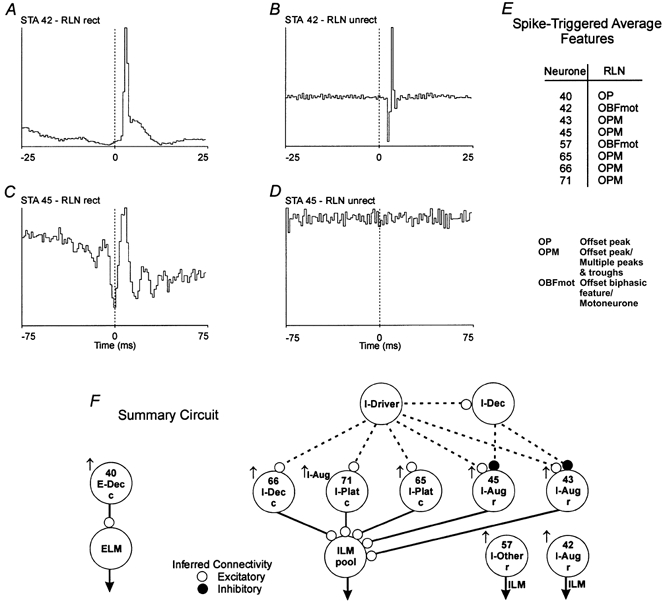Figure 1. Spike-triggered averages with features identifying inspiratory neurones as laryngeal motoneurones and putative premotor neurones.

An offset biphasic feature in an unrectified (unrect) average of recurrent laryngeal nerve (RLN) efferent activity indicates the trigger neurone was a motoneurone (B). An offset peak (primary feature) in a full-wave rectified (rect) average (C) and a flat unrectified average (D) suggests the neurone was excitatory to motoneurones. A, spike-triggered average (STA); offset peak with a lag of 2.0 ms; half-width, 1.0 ms; number of trigger events, 16763. B, STA; offset biphasic feature. C, STA; offset peak with a lag of 3.0 ms; half-width, 4.5 ms; number of trigger events, 41235. D, STA; flat. E, spike-triggered average feature table summarizing primary features in spike-triggered average histograms in the data set. F, summary circuit showing inferred functional connections detected in the data set in Fig. 2. Changes in peak firing rate (↑, increase) and pattern (Aug, augmenting) during cough. c, intermediate-caudal VRG; r, rostral VRG, which contains the Bötzinger and pre-Bötzinger complexes; ELM, expiratory laryngeal motoneurone; ILM, inspiratory laryngeal motoneurone. Continuous lines represent inferred connectivity from the STA. Dotted lines are hypothesized connections.
